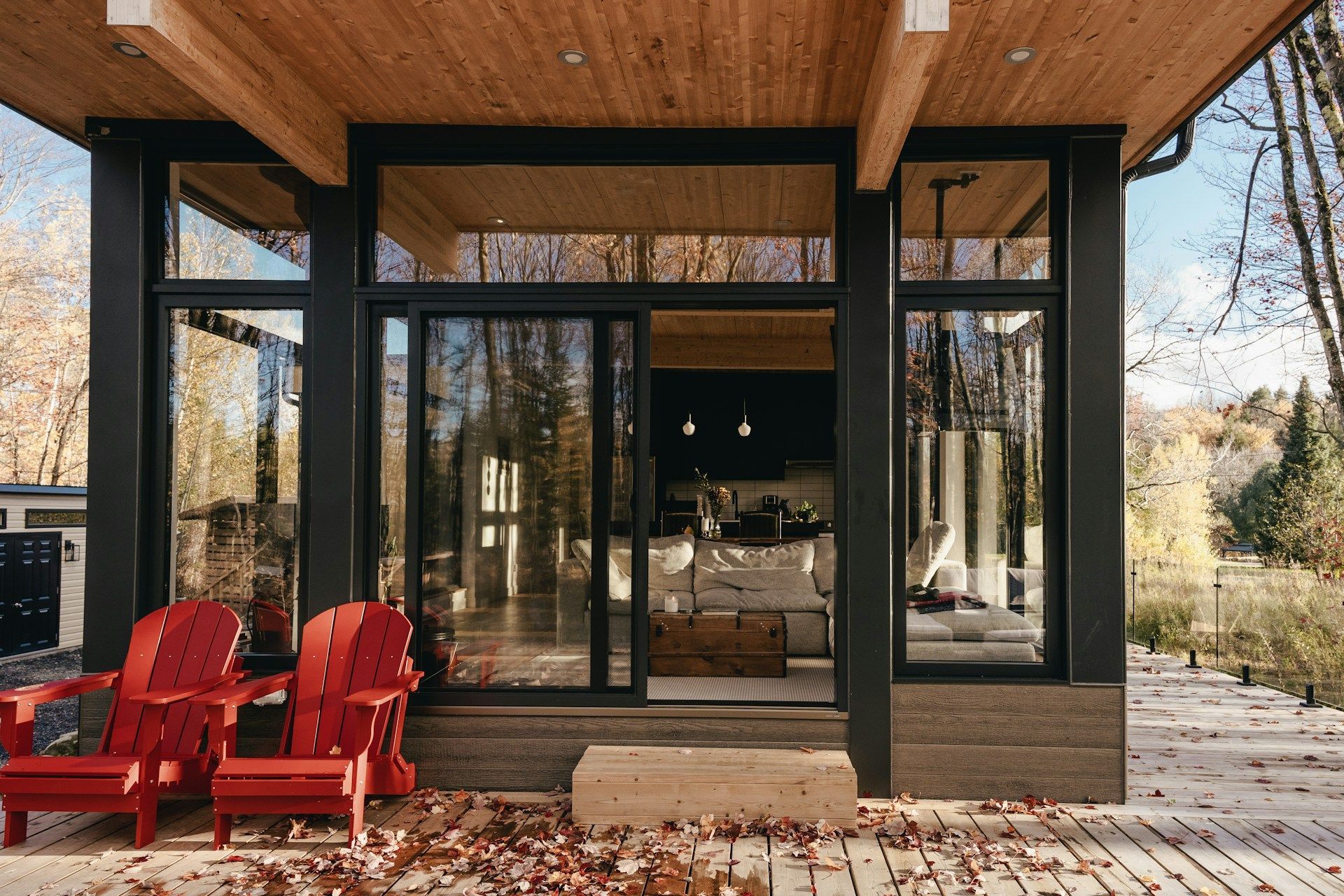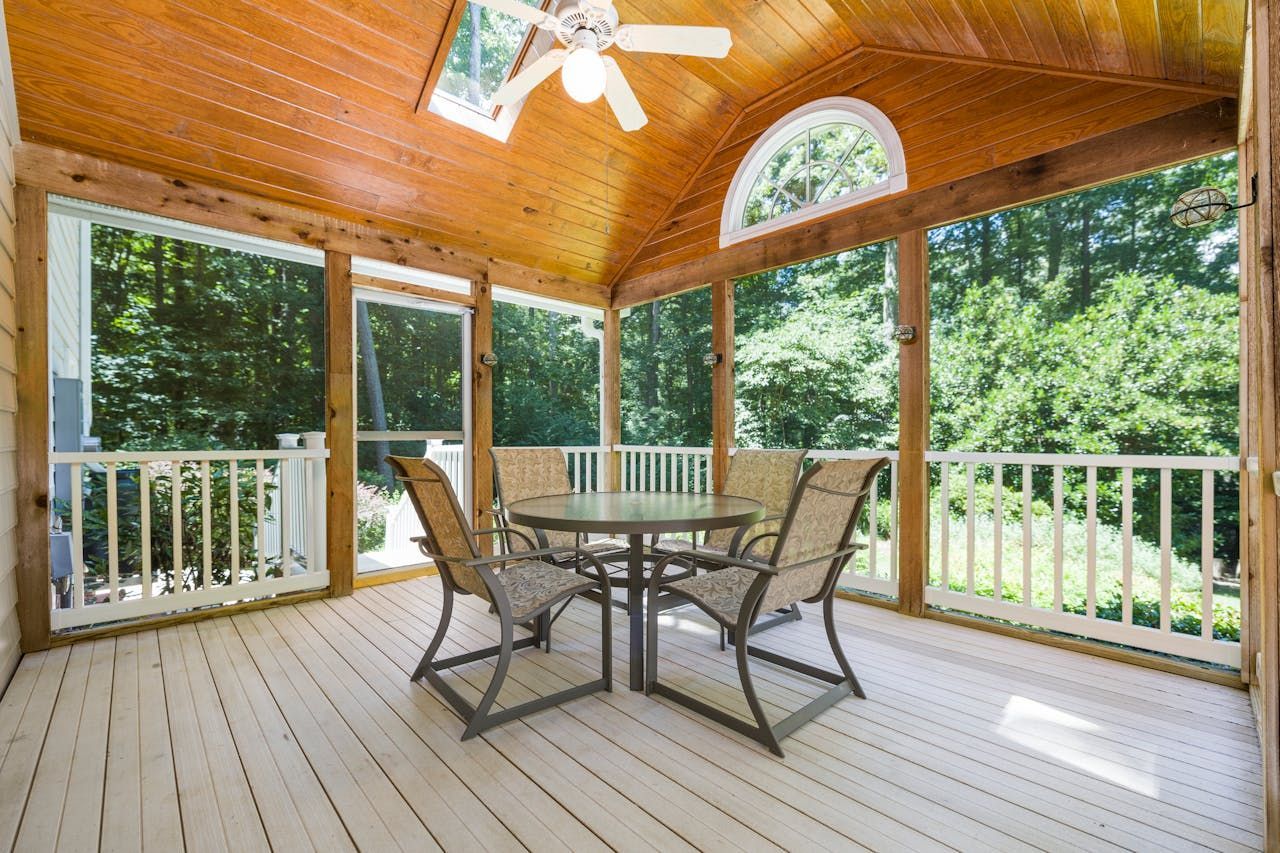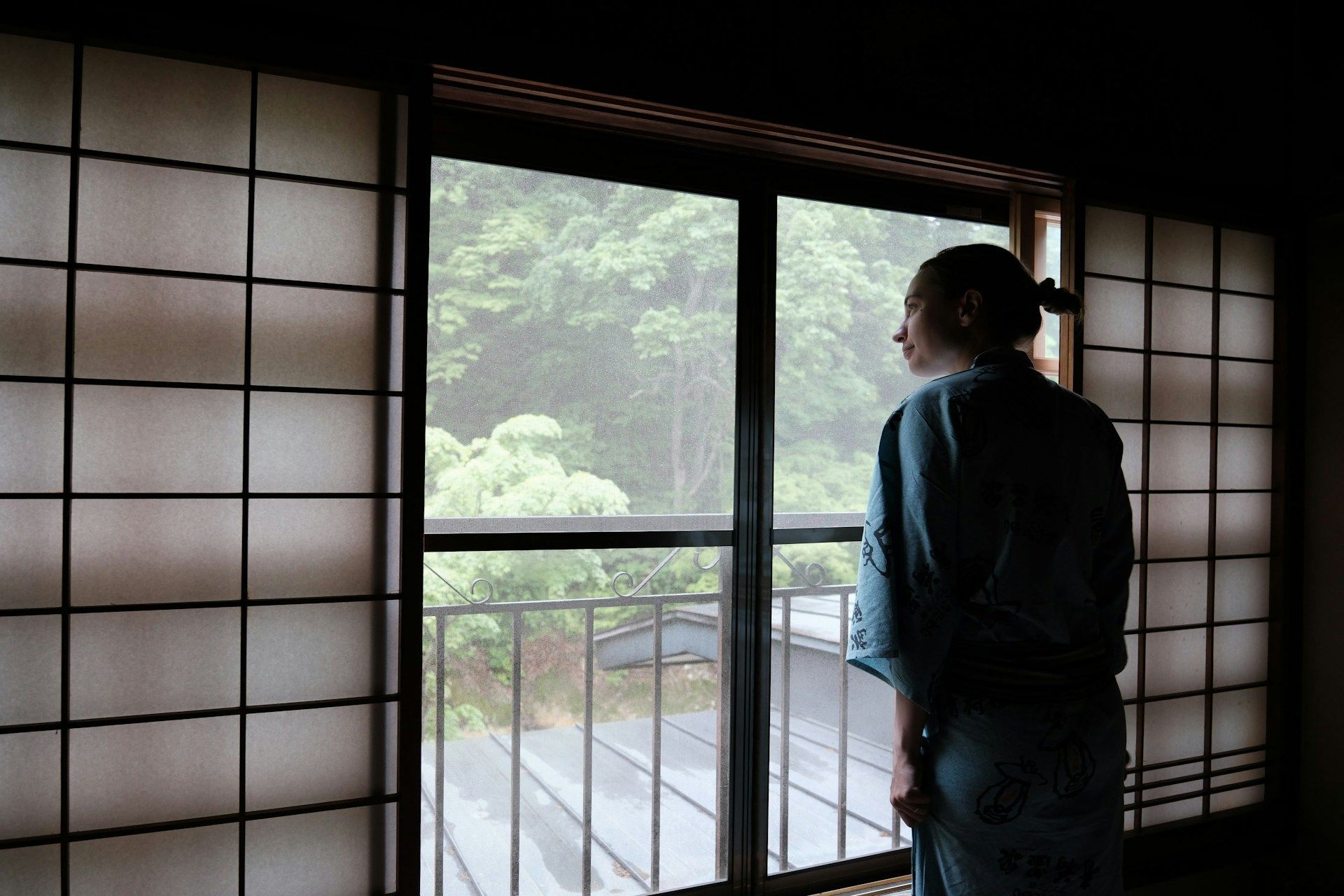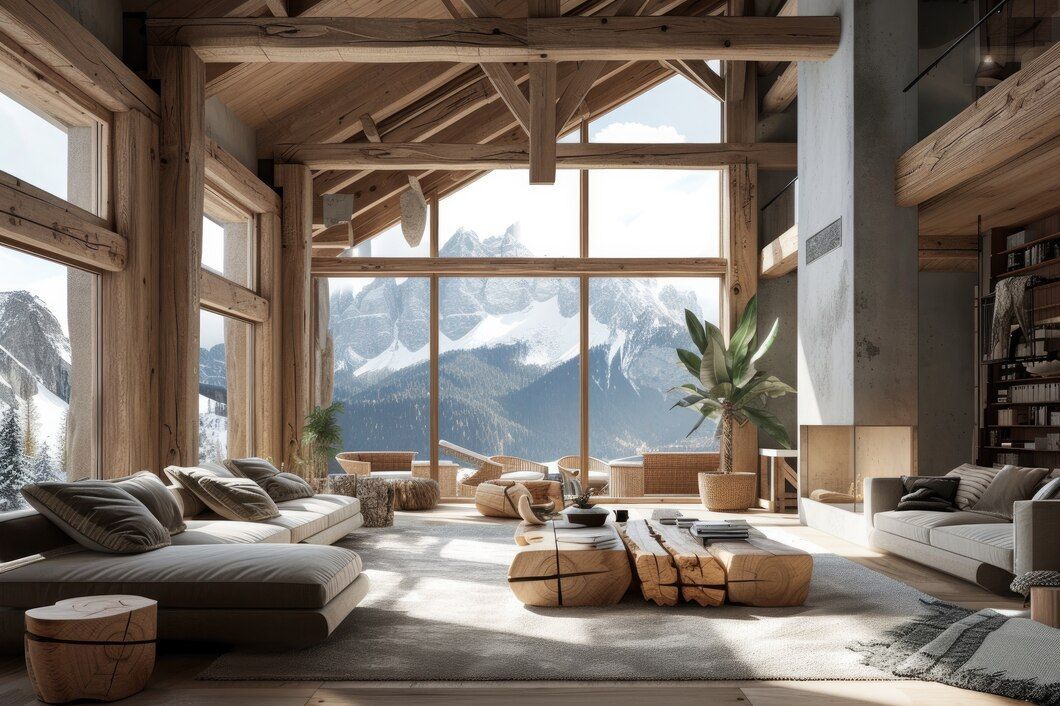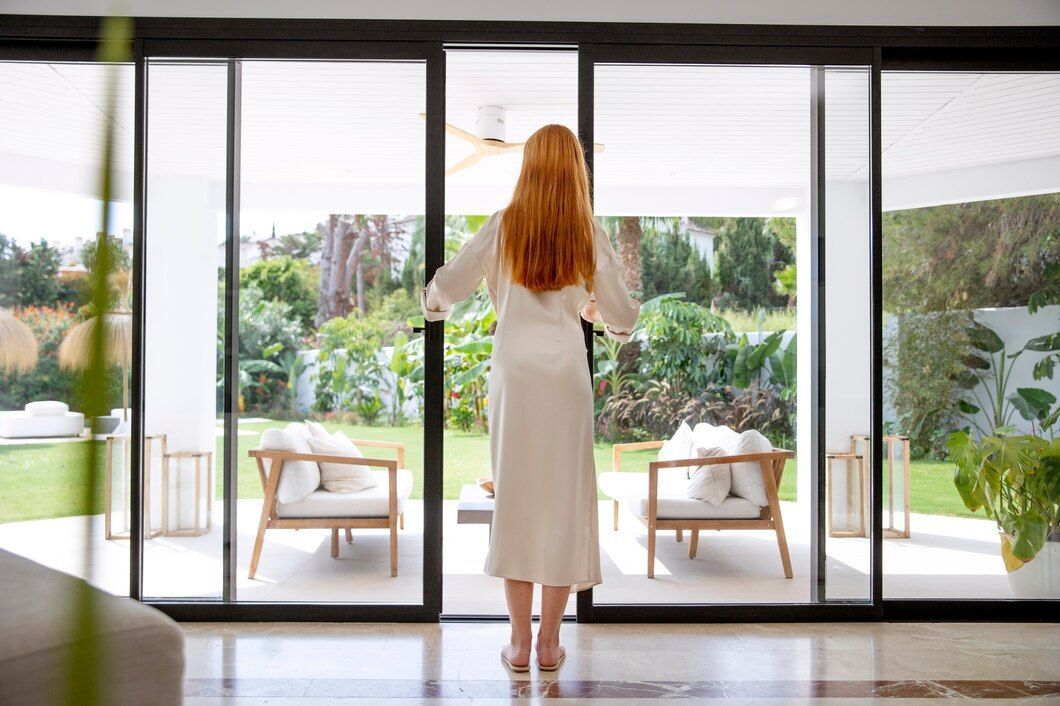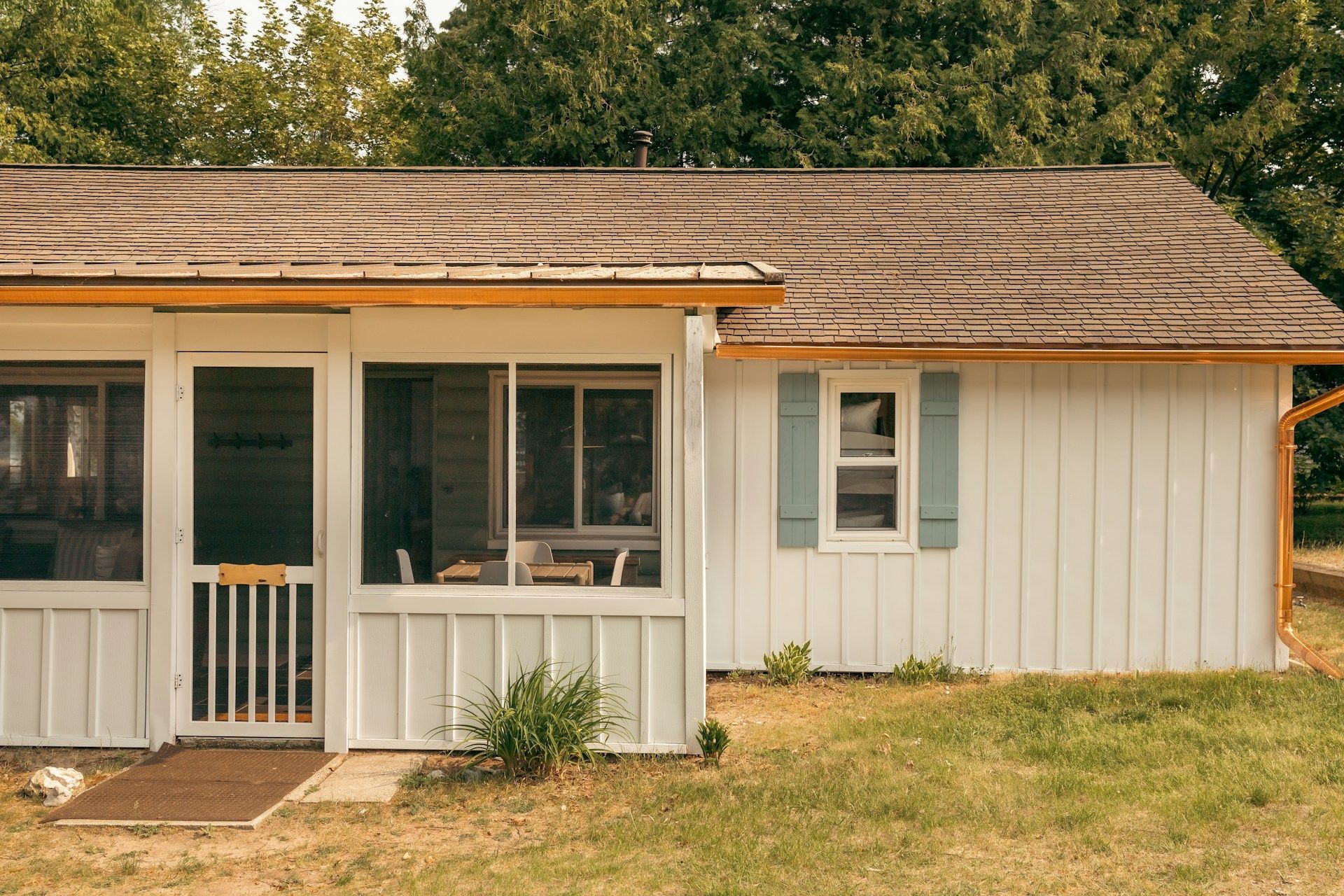Maximize Energy Efficiency in Your Screen Porch: Tips for a Sustainable and Comfortable Outdoor Space
A thoughtfully designed and energy-efficient screen porch can offer a relaxing retreat while simultaneously contributing to the overall sustainability and energy savings of your home. As homeowners in Raleigh, North Carolina, become increasingly conscious of their environmental impact and seek ways to mitigate energy consumption, incorporating energy-efficient features into screen porch designs has become essential. This integration not only results in reduced energy usage and utility bills but also creates a more comfortable living space for the whole family to enjoy.
In this blog post, we will discuss various strategies to maximize energy efficiency in your screen porch design, from selecting appropriate materials and insulation to optimizing natural light and ventilation. We will delve into the benefits of incorporating energy-efficient elements, including reducing energy costs, improving thermal comfort, and promoting a greener lifestyle. Our goal is to help you create a cozy, sustainable, and energy-efficient outdoor haven that serves as an extension of your living space in the Raleigh, NC area.
1. Material Selection: Optimize Energy Efficiency and Durability
Choosing appropriate materials is a key aspect of crafting an energy-efficient screen porch, ensuring longevity and reducing the need for replacements or repairs.
a. Energy-efficient screens: Select screens made from materials with low thermal conductivity, such as fiberglass or vinyl-coated polyester, which aid in maintaining stable interior temperatures.
b. Insulating flooring: Opt for insulating flooring materials like composite decking or natural stone, which can reduce heat transfer from the ground to the porch, enhancing comfort and efficiency.
c. Sustainable wood options: Consider FSC-certified or reclaimed wood for decking and framing, as these materials are more environmentally friendly and provide a sustainable foundation for your porch.
2. Natural Light and Ventilation: Harnessing the Outdoor Environment
Design your screen porch to take advantage of natural light and ventilation, reducing the need for artificial lighting and cooling systems.
a. Open layout: Incorporate an open layout that maximizes natural light and encourages airflow, reducing reliance on energy-consuming artificial lighting and air conditioning.
b. Reflective surfaces: Use light-colored or reflective surfaces for furnishings, walls, and ceilings to help distribute sunlight evenly throughout the space, reducing the need for additional lighting during daylight hours.
c. Shading solutions: Consider integrating shading systems, such as retractable awnings or pergolas, to shield your porch from direct sun exposure and lower interior temperatures.
3. Energy-Efficient Lighting and Appliances: Minimizing Energy Consumption
Equip your screen porch with energy-efficient lighting and appliances to reduce energy demands and enhance the overall eco-friendliness.
a. LED lighting: Switch to LED lights for both ambient and accent lighting, as they require significantly less energy and offer a longer lifespan compared to traditional incandescent bulbs.
b. Ceiling fans: Install Energy Star-rated outdoor ceiling fans to circulate air and maintain a comfortable temperature, reducing the reliance on energy-intensive air conditioning systems.
c. Energy-efficient appliances: If your porch incorporates an outdoor kitchen, opt for appliances with high energy efficiency ratings, ensuring a lower environmental impact and reduced utility costs.
4. Insulation and Weatherproofing: Maintaining Thermal Comfort Year-Round
Implement insulation and weatherproofing measures to prevent heat loss or gain in your screen porch, resulting in more consistent temperatures and enhanced energy efficiency.
a. Insulated wall panels and roof systems: Consider installing insulated wall panels and roof systems to better manage internal temperatures, reducing energy consumption for heating or cooling.
b. Weatherstripping and seals: Apply weatherstripping and seals around doors and windows to minimize air leaks, ensuring a more stable and comfortable environment within your screen porch.
c. Thermal curtains and blinds: Incorporate thermal curtains or blinds that can be drawn during extreme temperatures, providing an additional layer of insulation against heat or cold air.
Conclusion
By integrating energy-efficient materials, design elements, and appliances, you can create a comfortable and eco-friendly screen porch that contributes to your Raleigh, NC home's overall sustainability and energy savings. From optimizing natural light and ventilation to choosing durable and insulating materials, implementing these strategies will not only benefit the environment but also enhance the overall comfort and enjoyment of your outdoor living space. Raleigh Screen Solutions is dedicated to helping homeowners like you achieve their goals for a greener, more energy-efficient lifestyle. Contact us today to discuss your Raleigh screen porch project and begin your journey toward a sustainable and enjoyable outdoor sanctuary.

